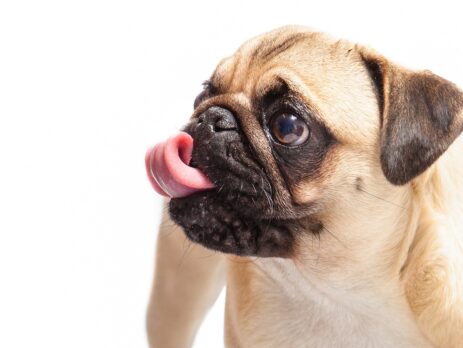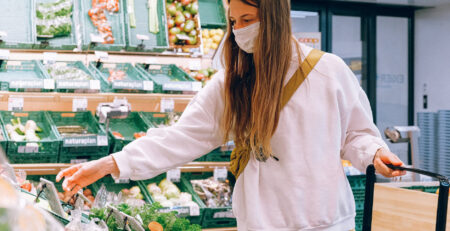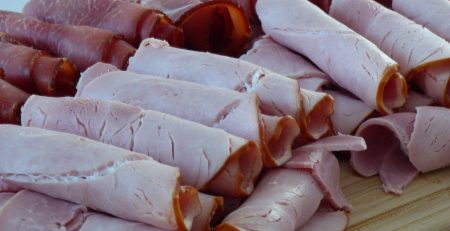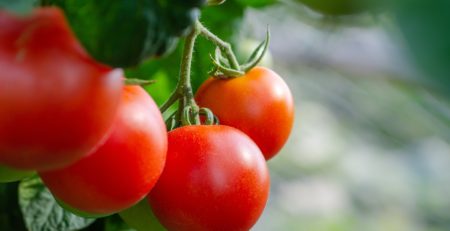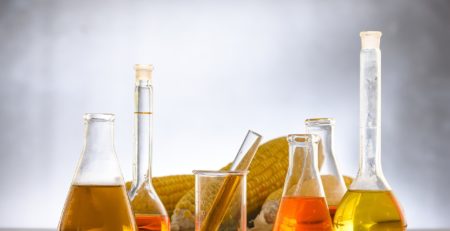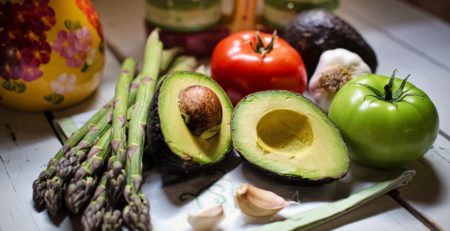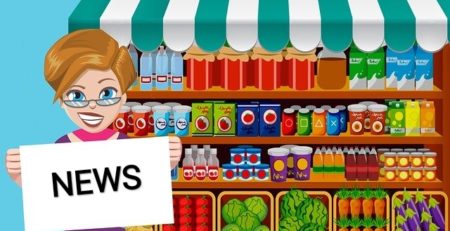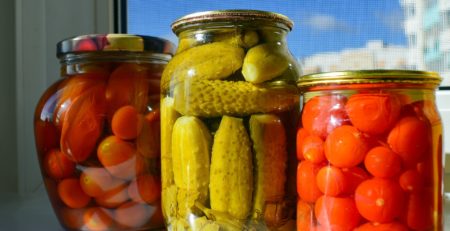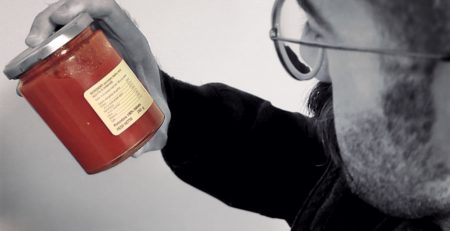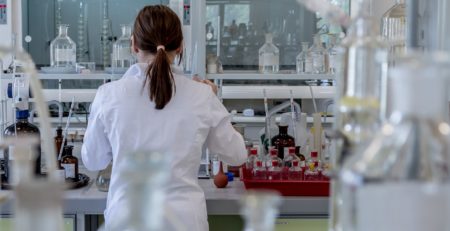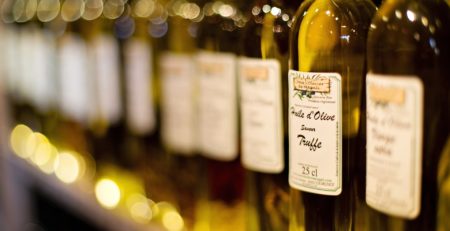Pet Food: healthy and safe food for our four-legged friends
Over the years, pets are considered real family members and it is increasingly evident that their role in the community is also growing in importance. Most owners are aware of the fundamental function that nutrition has for the health and well-being of their furry companions. Knowledge of the nutritional needs, specific to each stage of the growth of our pets, is essential to prevent diet-related disorders that may arise due to nutritional deficiencies or excesses.
Nutritional Guidelines for Complete and Complementary Foods for Dogs and Cats
Fediaf, the European Federation of the pet food industry, published last September 2020, the new edition of the “Nutritional guidelines for complete and complementary foods for dogs and cats”. This document is reviewed annually and updated whenever there are new and relevant technological, scientific or legislative developments in pet nutrition. The Guidelines thus represent the reference document on pet nutrition, providing manufacturers of such foods with nutritional recommendations to ensure the production of well-balanced, healthy and safe food. The purpose of the Guidelines is to provide information on the minimum and maximum levels of nutrients that must be in the products for our four-legged friends, also providing recommendations on daily calorie intake.
The Recommended Levels
The levels of nutrients recommended in the Guidelines consist of the amount of essential nutrients that must be present in commercial products to ensure adequate and safe nutrition in animals in good health, if consumed over time. In the last update of 2020, the minimum nutritional values for calcium and phosphorus in adult cats and those of selenium in both cats and adult dogs were changed. Fediaf also indicates both the minimum and maximum levels that an animal must take daily and they vary according to the stage of life (eg Kitten, Adult).
Difference between complete and complementary food
By complete food we mean pet food which, due to its composition, is sufficient for a daily ration (EU Regulation no. 767/2009). When a complete food is administered for a prolonged period (ie covering the entire life of the animal) as the only source of nutrients, it will be sufficient to provide all the nutritional needs of the animal, in the specific physiological state for which it is intended. If a manufacturer labels a pet product as a “complete food”, without specifying a certain life stage, it is presumably complete for all stages. Conversely, in the event that the food is specific to a certain stage of the animal’s life, this information must be reported on the label. Complementary food for pets, on the other hand, means pet food that has a high content of certain substances but which, due to its composition, is sufficient for a daily ration only if used in combination with other foods (EU Regulation No. 767 / 2009). Complementary pet food covers a wide range of products including, for example, products that significantly contribute to the energy content of the daily ration, which are then intended to be mixed with other foods to form a complete food.
Pet Food must be …
A complete and balanced diet is essential for a long, healthy and active life for our pets. Therefore, pet food must be:
- Healthy and safe;
- Designed and formulated to be suitable for the nutritional needs of the individual animal (growth, maintenance, reproduction);
- Produced from raw materials intended for human consumption or no longer intended for it for commercial and NON-hygienic-sanitary reasons;
- Properly labeled.
Finally, it is important to remember that dogs and cats have different nutritional needs to respect. The dog is an omnivore, its nutritional needs vary according to its size and it is at risk of skeletal diseases during the stages of growth. The cat, on the other hand, is a carnivore, has higher protein needs, has a low ability to synthesize taurine and arachidonic acid and does not transform beta-carotene into Vit. A.
Taking care of a dog or cat means taking on responsibilities and feeding it correctly is one of these.
If you wish to request a consultation, the team of Studio Santoro will be able to guide you in choosing the service that best suits your needs.

